Why Won’t My Cannas Bloom – What To Do When Your Canna Will Not Flower


Canna lilies are plants with beautiful bright blooms and unique foliage that can add a tropical look to gardens in almost any region. In hardiness zones 9-12, canna lilies will grow as perennials. However, in cooler locations, canna lilies are grown like annuals, their bulbs dug up every autumn and stored indoors through cold winters. Whether grown permanently in the ground or dug up and replanted each season, age and other factors can reduce the vigor of canna blooms. If you are experiencing no flowers on a canna plant, this article is for you.
Why Won’t My Cannas Bloom?
Canna lilies produce beautiful tropical blooms in bright shades of red, orange, yellow and white. Different varieties of canna may also have very colorful or unique foliage. For example, Tropicanna has stripes of green, red, orange, pink, purple and yellow on their foliage. While many varieties of canna can be enjoyed strictly for their colorful foliage, we usually plant these hoping for an abundance of blooms in addition to the nifty tropical-like leaves. Ideally, canna lilies that are planted each spring as annuals should have adequate time to produce plenty of blooms in a growing season. When grown like this, as annuals, a canna lily not blooming could be a sign that the rhizome was planted too deep. Canna lily rhizomes should be planted no deeper than 2-3 inches (5-7 cm.) deep. Planting canna lily rhizomes too deep can cause the plants to be stunted or have delayed bloom time, or no blooms at all.
What to Do When Your Canna Will Not Flower
Other reasons for a canna lily not blooming are too much shade, drought, overcrowding and nutrient deficiencies. Canna will not flower if it is not getting adequate sunlight. Canna lilies need at least 6 hours of sunlight each day. Canna lilies also require consistently moist soil. The soil must be well draining to prevent rots, but it should still retain moisture. When stressed by drought or inadequate watering, canna lilies will reserve their moisture by sacrificing blooms. This is also the case if canna lilies are not getting enough nutrients. For best blooms, plant cannas in full sun, water regularly and fertilize plants 2-3 times throughout the growing season with a general 10-10-10 fertilizer. The most common reason for no flowers on a canna plant is overcrowding. When grown as perennials, canna lilies will grow and spread very quickly. In time, they can choke themselves out. Canna plants that have to compete for water, nutrients, or sunlight will not bloom. To keep canna plants happy, healthy and full of blooms, divide them every 2-3 years.
Gardening tips, videos, info and more delivered right to your inbox!
Sign up for the Gardening Know How newsletter today and receive a free copy of our e-book "How to Grow Delicious Tomatoes".
-
 Looking For Plants To Give You The Soft And Fuzzies? Try These 5 Fuzzy Leaf Plant Options
Looking For Plants To Give You The Soft And Fuzzies? Try These 5 Fuzzy Leaf Plant OptionsLovers of texture, drama, silver foliage and tactile plants will adore these special sensory garden additions. These fuzzy leaf plant options will leave you all aglow
By Susan Albert
-
 Get Ready For A Summer Of Hummers! Grow These Full Sun Hummingbird Plants and Flowers
Get Ready For A Summer Of Hummers! Grow These Full Sun Hummingbird Plants and FlowersIf you’re lucky enough to enjoy a sunny backyard, make sure you are maxing out on your pollinator opportunities and grow these full sun hummingbird plants and flowers
By Tonya Barnett
-
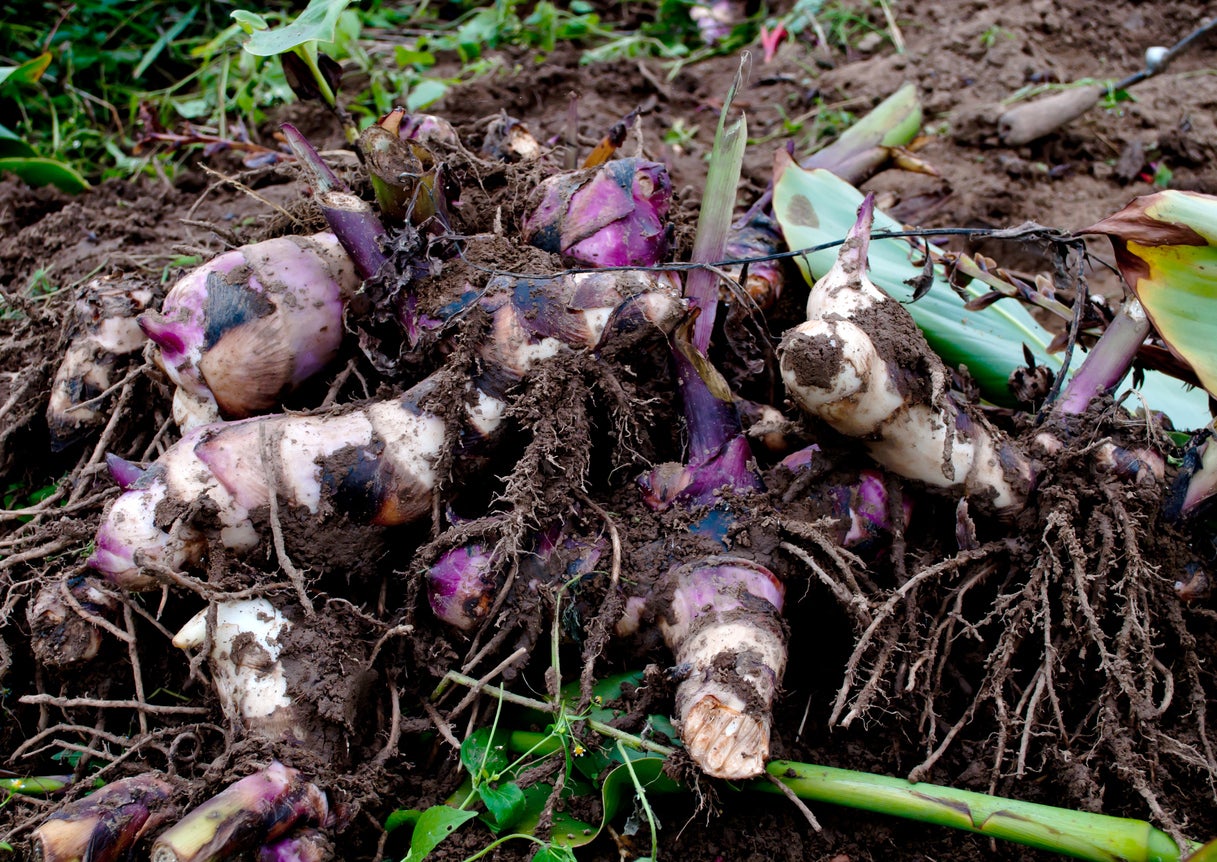 Canna Lily Rot: What Causes Rotting Canna Rhizomes
Canna Lily Rot: What Causes Rotting Canna RhizomesCanna flowers grow as a beautiful, long-lasting summer to fall display in the flower bed. In northern areas, they need to be dug and stored over winter for rhizomes to remain alive. But what happens when canna rhizomes are rotting? Learn about canna lily rot here.
By Becca Badgett
-
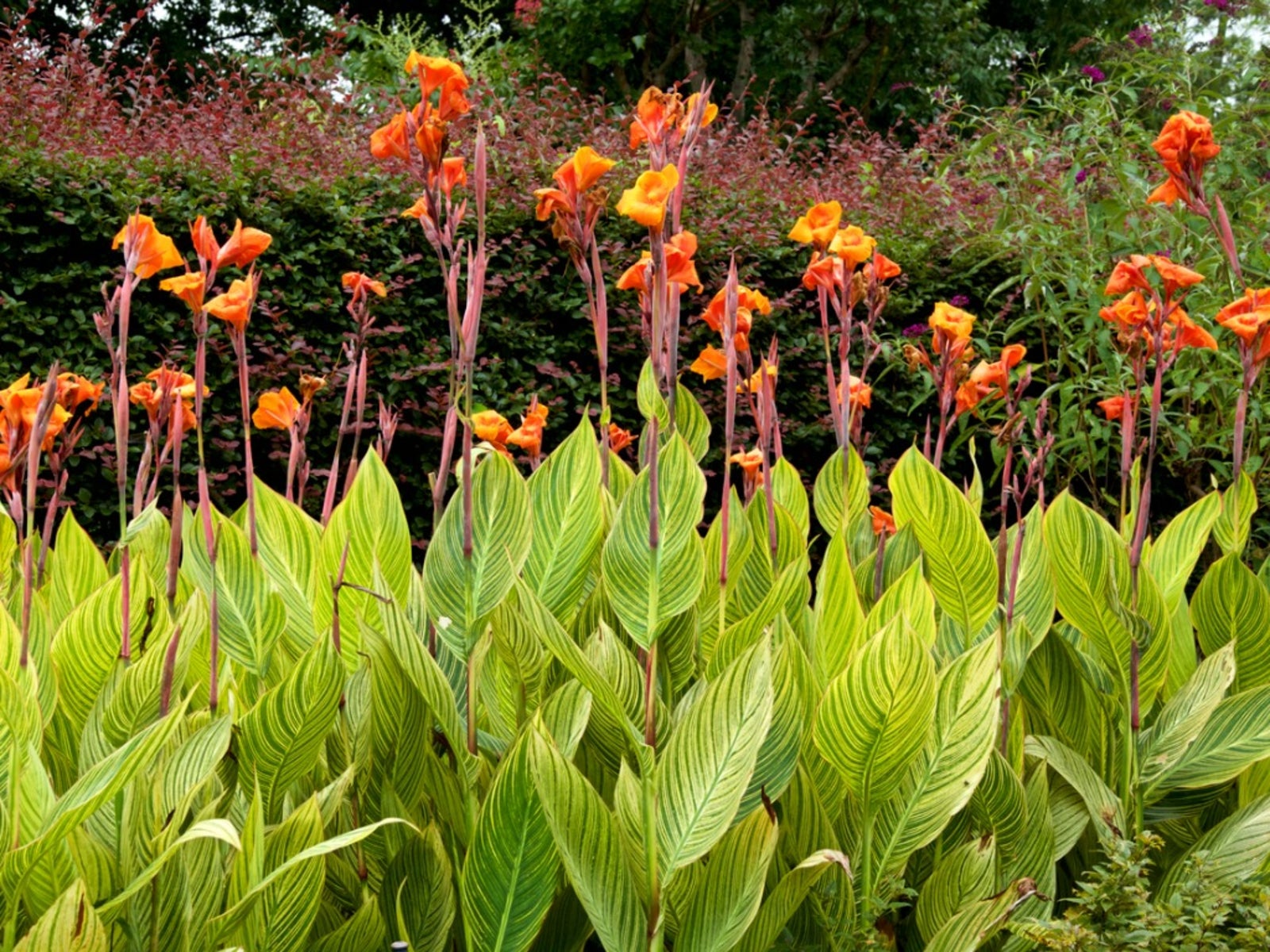 What Is Canna Rust: Learn How To Treat Rust On Canna Leaves
What Is Canna Rust: Learn How To Treat Rust On Canna LeavesAs showy as they are, canna plants are susceptible to a variety of issues, one of which is rust on canna leaves. What is canna rust? Click here for information on canna rust, including canna rust symptoms and tips for treating cannas with rust.
By Amy Grant
-
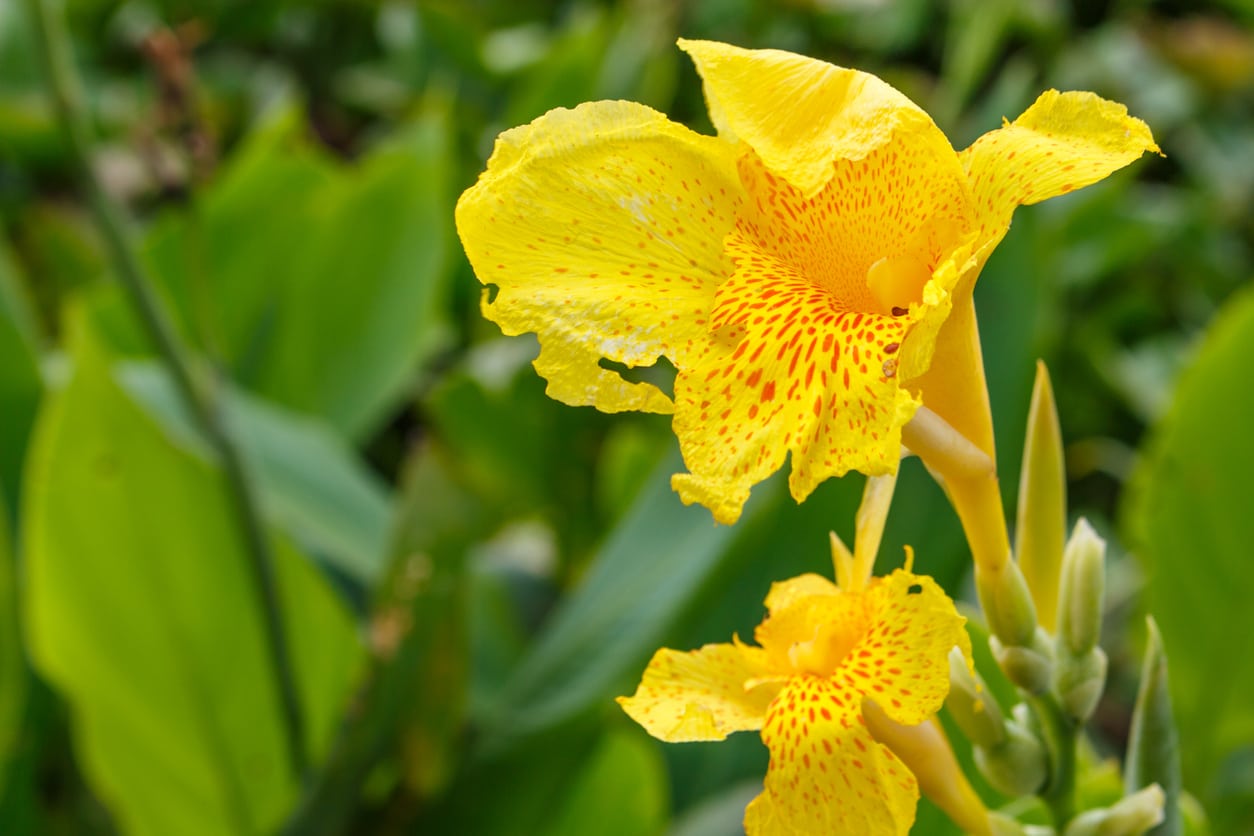 Canna Lily Fertilization – Tips For Feeding A Canna Lily Plant
Canna Lily Fertilization – Tips For Feeding A Canna Lily PlantFertilizing canna lilies will ensure these stunners in your garden or your indoor containers will thrive and produce the most beautiful flowers and foliage. These plants love nutrients, so don?t skip this step in growing canna lilies. Learn more in this article.
By Mary Ellen Ellis
-
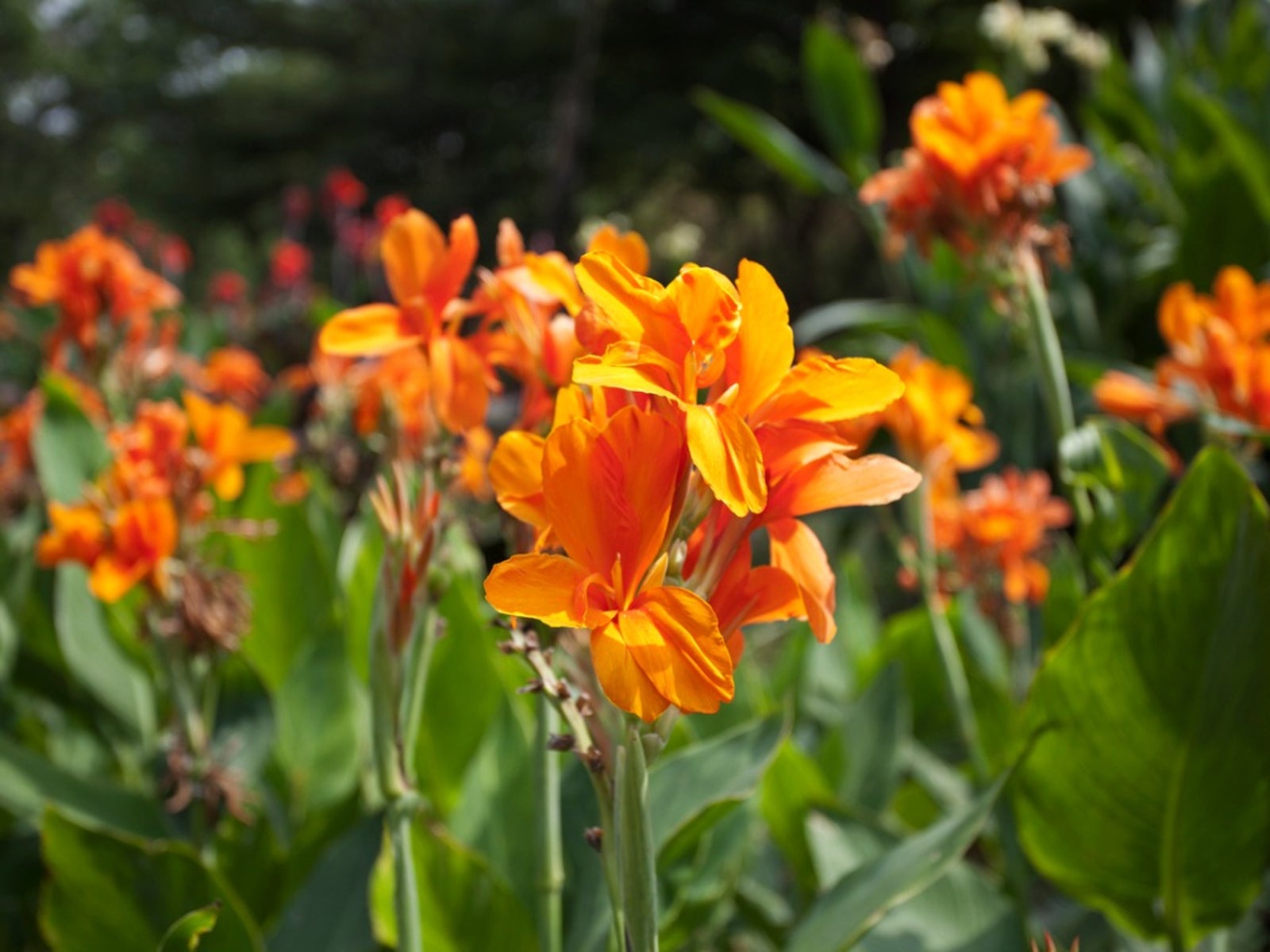 Canna Mosaic Virus: Dealing With Mosaic On Canna Plants
Canna Mosaic Virus: Dealing With Mosaic On Canna PlantsCannas are beautiful, showy flowering plants. Because they're such all-around winners in the garden, it can be especially devastating to discover your cannas are infected with disease. Learn more about recognizing mosaic virus in cannas and what to do in this article.
By Liz Baessler
-
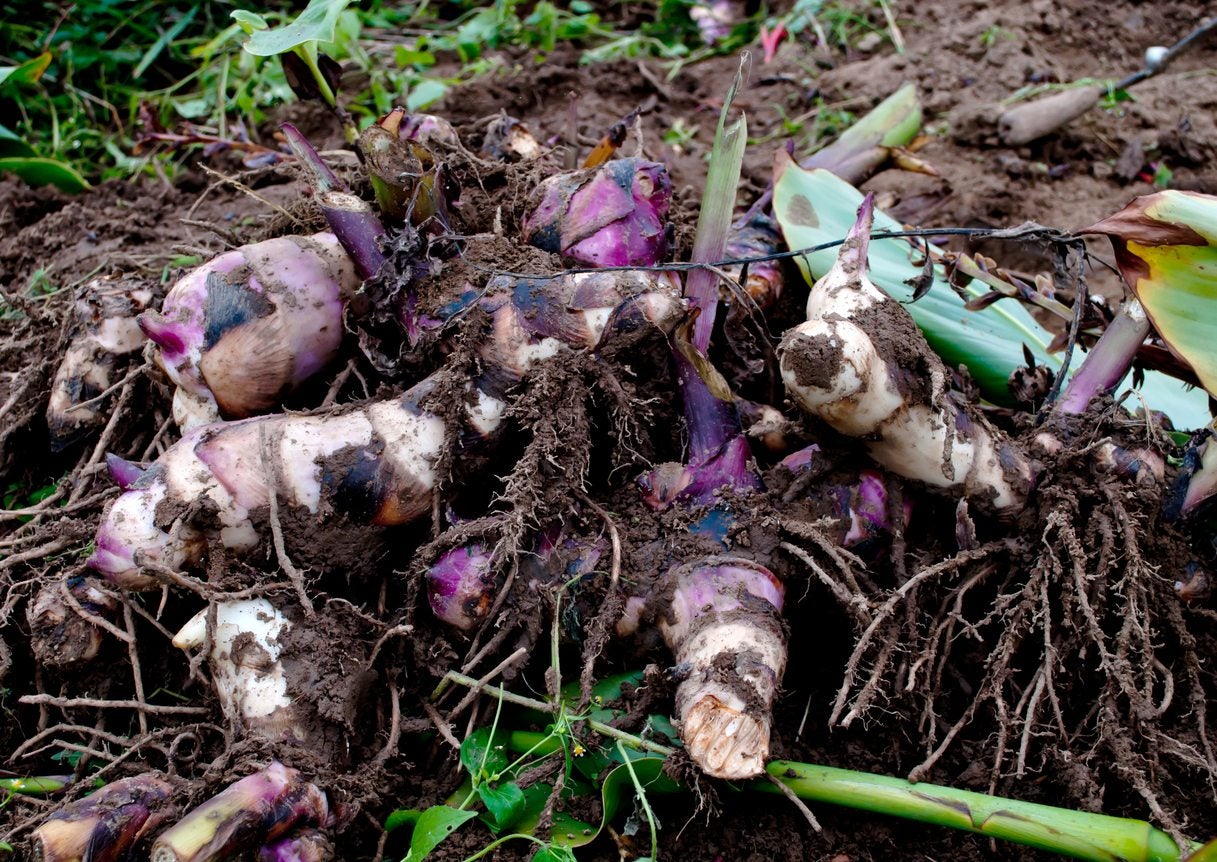 Can I Transplant Cannas: – Learn When To Transplant Canna Lilies
Can I Transplant Cannas: – Learn When To Transplant Canna LiliesIn cool climates, canna bulbs are planted each spring, then dug up in fall, divided and stored away over winter. Even in warmer climates, cannas will need to be dug up and divided every 4-5 years. Learn about dividing and transplanting cannas in this article.
By Darcy Larum
-
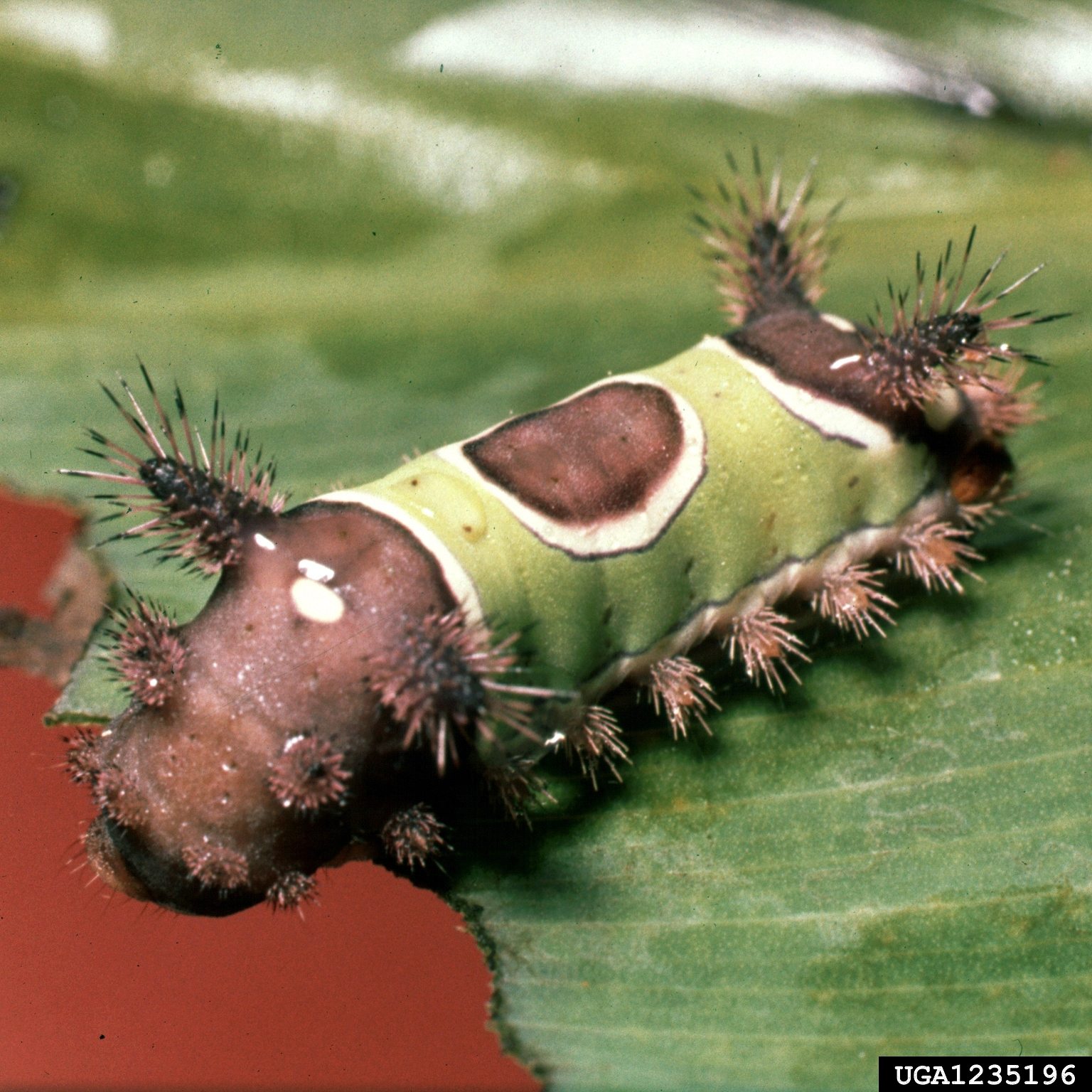 Common Pests Of Canna Lilies – Tips On Managing Canna Lily Pests
Common Pests Of Canna Lilies – Tips On Managing Canna Lily PestsCanna lily pests are rare, but their broad sword-like leaves are awfully attractive to a variety of leaf munchers. Click this article for some ideas on insects that attack Canna lily plants and how to recognize and defeat them.
By Bonnie L. Grant
-
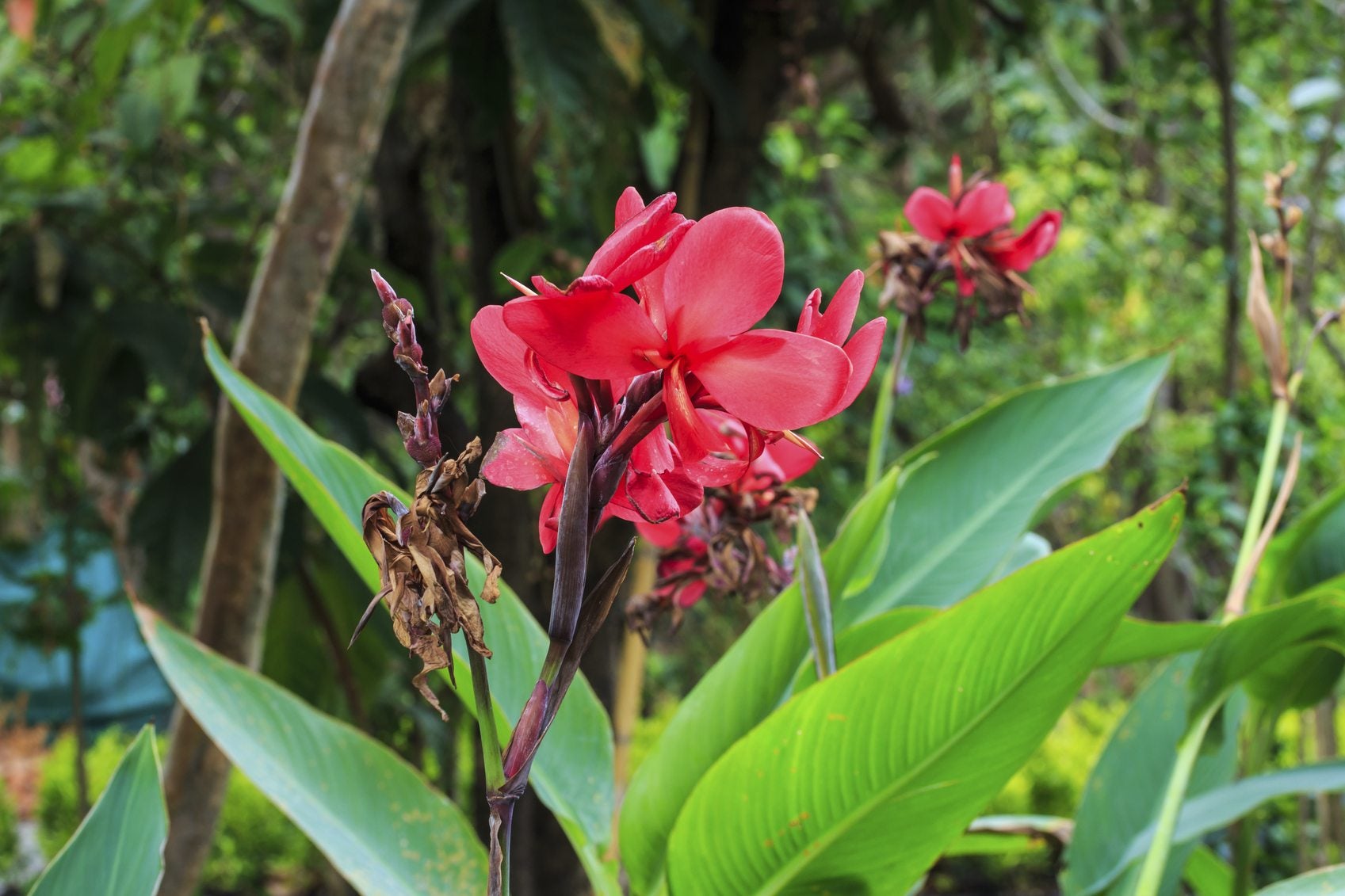 Canna Lily Deadheading: Tips For Deadheading Canna Lily Plants
Canna Lily Deadheading: Tips For Deadheading Canna Lily PlantsWhere other flowers shrivel and wilt, canna lilies thrive in the heat. But how do you ensure that you get the most out of your canna lilies with flowers all summer long? Click this article to learn more about how to deadhead a canna lily.
By Liz Baessler
-
 Canna Lily Seed Harvesting: Can You Plant Canna Lily Seeds
Canna Lily Seed Harvesting: Can You Plant Canna Lily SeedsCanna lilies are commonly propagated by dividing their underground rhizomes. But can you plant canna lily seeds too? Click here to get more information.
By Susan Patterson